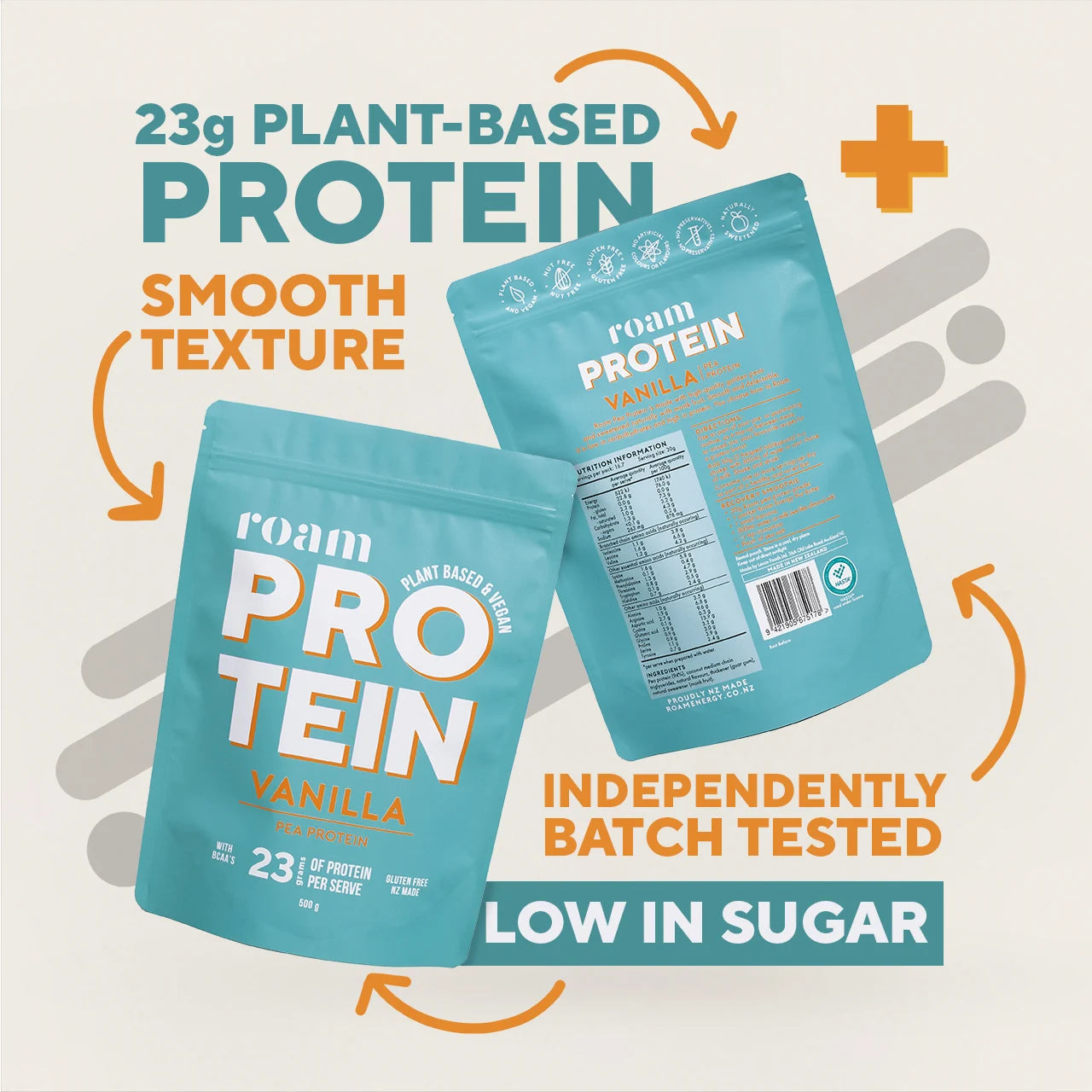What is Adenosine Triphosphate (ATP)?
ATP (Adenosine Triphosphate) is like cash that pays for all the body's energy needs. ATP is a complex molecule that serves at the primary energy currency cells in your body, driving various biological processes.
It consists of adenine (a nitrogenous base), ribose sugar, and three phosphate groups. When energy is needed for various cellular functions, one of the phosphate groups is cleaved off, releasing energy and transforming ATP into ADP (Adenosine Diphosphate). This energy is then used to drive various biological processes such as muscle contraction, nerve impulse transmission, and chemical synthesis.
Though ATP is a large molecule, it's stored in cells in only very small amounts. This presents a challenge: the body must continuously regenerate ATP as quickly as it's being used, converting energy from ingested food or stored sources.
The demand for ATP varies across different tissues. Some cells use ATP at a consistent rate, while others, like skeletal muscle, have fluctuating needs. At rest, muscles may require little ATP, but during exercise, the demand can skyrocket.
This constant consumption and regeneration of ATP contribute to the body's total energy turnover, or metabolic rate, reflecting the sum of all ATP-dependent reactions. Whether powering a sprint or aiding in digestion, ATP is the essential fuel that keeps the body's biological machinery running smoothly.
Try the Roam Range





 Protein Essentials Bundle
Protein Essentials BundleProtein Essentials Bundle
Regular priceUnit price per$194.95 NZDSale price $150.00 NZD




OUR MISSION IS TO PROVIDE NATURAL NUTRITION TO SUPPORT ACTIVE LIFESTYLES.
We do:
NATURAL. We use real ingredients. No artificial flavours or fillers.
TASTY. Truly yummy products that keep you coming back for more.
ADVENTURE. From mountain peaks to urban streets, Roam is the best on-the-go food option.
SENSIBLE SCIENCE. Practical exercise nutrition supported by evidence.










